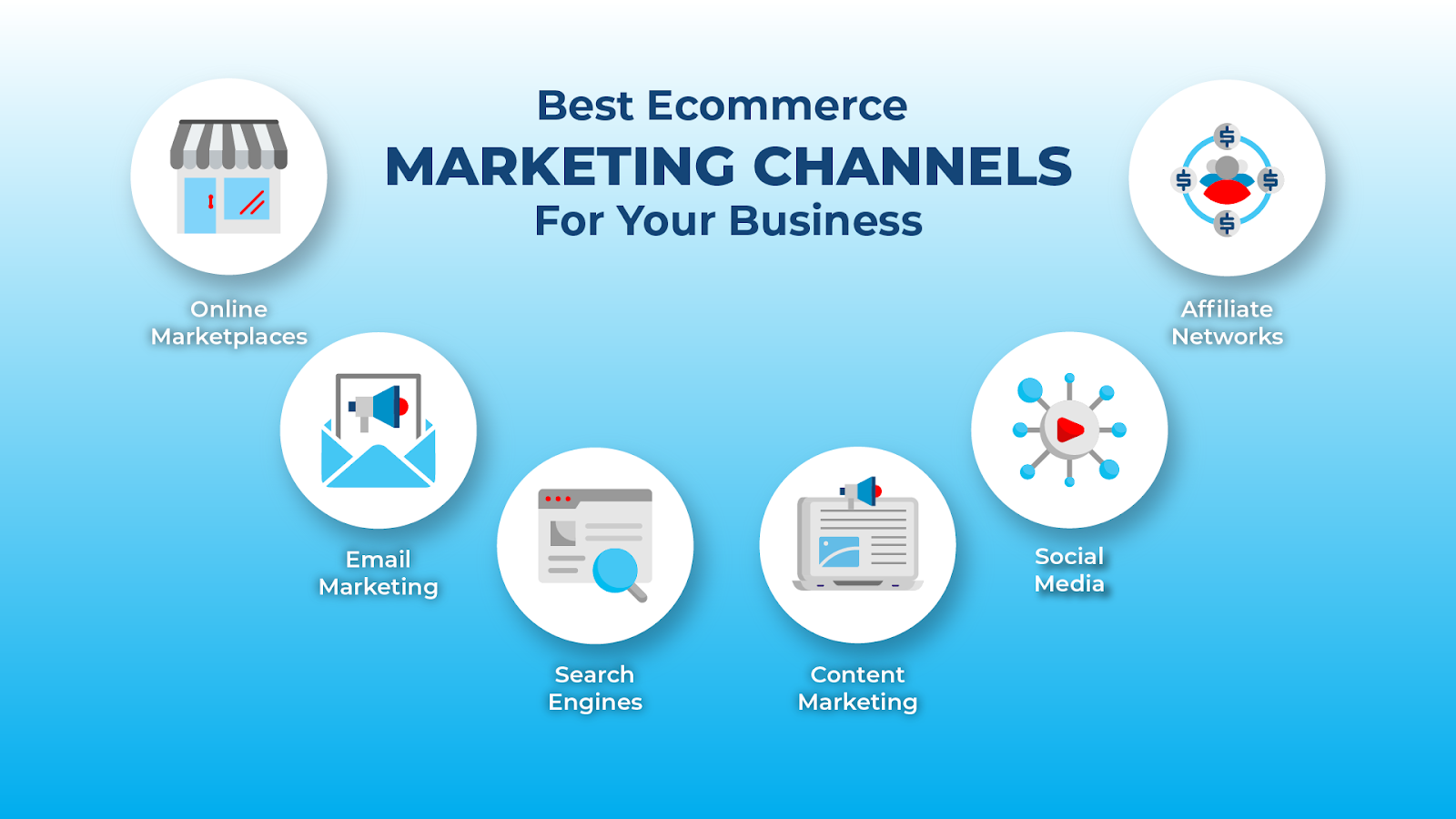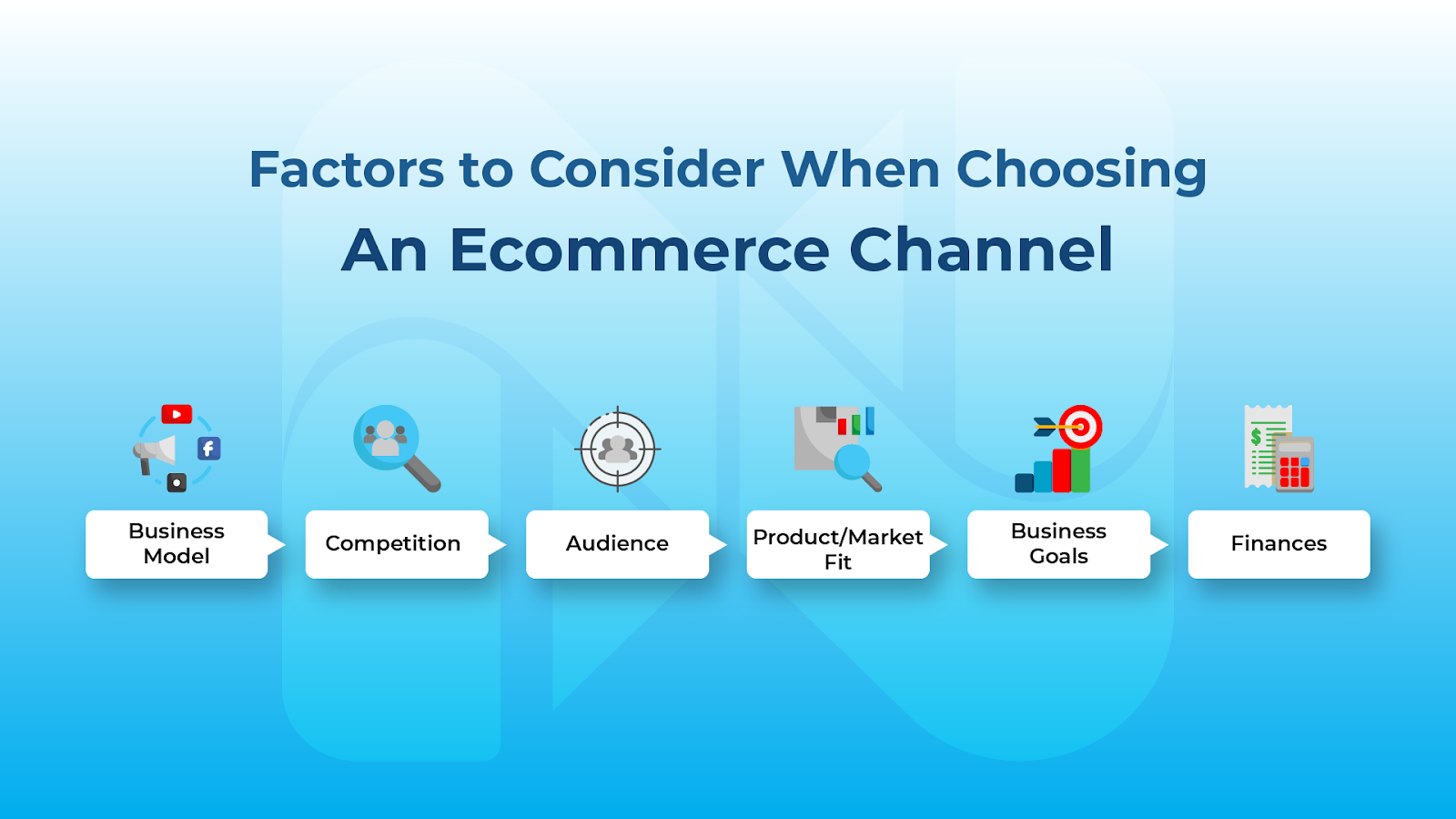What is Magento Commerce Cloud?
Magento Commerce Cloud has become extremely popular the past couple of years. You may be wondering about this enterprise ecommerce platform. What benefits does it provide users? Which features have been added after being acquired by Adobe?
Let’s delve deeper into these and other Magento Commerce Cloud questions that might interest you. Keep reading to learn what Magento Cloud Commerce is, what the platform offers, and more.
What is Magento Commerce Cloud?
“Cloud” is a concept mostly used in terms of online services. Its purpose is to provide users with stable and safe online hosting services, whether you want to store documents, images, or some other types of files such as websites.
When it comes to online stores, we can distinguish two kinds of web hosting: on-premises and cloud.
With on-premise hosting, you can install the site on any server you’d prefer as well as maintain and control its overall infrastructure. This is a solution plenty of entrepreneurs choose because it’s safer. However, good quality often comes with a higher price, which can be an issue for those who have small and relatively new businesses.
On the other hand, with cloud hosting, you can install your site on a network of physical and virtual servers — and it will cost you less.
Magento discovered that more users, especially less technical users, needed full service solutions, which included cloud hosting too. This led to a new service they launched in 2016: Magento Commerce Cloud.
Magento Commerce Cloud is amongst the most used PaaS (Platform-as-a-Service) solutions, widely recognized for its great advantages and capabilities. It’s a managed hosting platform for Magento Commerce that runs on Amazon Web Services servers.
Background on Magento’s Acquisition
In 2018, Adobe revealed their plans to acquire Magento Commerce. With Magento Commerce Cloud, Adobe added another excellent solution to their portfolio, enabling them to provide a global platform serving both B2C and B2B clients across the world.
This way, the Adobe Experience Cloud got some new features, including:
- Pre-built extensions where you can find logistics, shipping, tax, and payment.
- A chance to enable digital store and order orchestration for digital and physical items across various industries. This includes retail, the public sector, consumer packaged goods, and manufacturing too.
- A rather active community with approximately 300,000 developers that work for Magento.
What’s Been Going on With Magento The Past Few Years?
The past few years, Magento has constantly been trying to improve the quality of its services as well as provide its clients with the best end-user experience possible.
One major step included replacing Magento 1 with Magento 2. Magento 2 offers users better speed, increased SEO, and a more user-friendly platform. It also supports the latest PHP, which boosts the speed of the entire website.
Magento 1 was sunsetted in 2020, which means it’s still useable by clients, but it no longer has official support from Adobe or Magento. Solutions, such as Hostdedi Safe Harbor, provide security and threat protection to teams still using Magento 1.
Adobe Commerce vs. Magento
In 2019, Adobe revealed they were starting an Adobe ecommerce platform. The Adobe Commerce Cloud is a fully-managed service and a cloud-based variation built on the Magento platform.
It brings the enterprise solution of Magento Commerce to the next level by allowing users to integrate it with Adobe Experience Manager. It’s also entirely synchronized with Adobe’s tools such as Marketing Cloud, Advertising Cloud, and Analytics Cloud.
So, what can we say about Adobe Commerce vs. Magento then? Both of them operate with an identical model.
With this service, Adobe extended its platform by including some additional features such as dashboards that help keep track of ecommerce strategies. It also integrated with the Amazon marketplace.
This is great for direct-to-consumer brands and small and mid-sized companies because Magento merchants can now sync their ecommerce channels with Amazon storefronts. Magento itself doesn’t cover logistics, but collaboration helps sellers to leverage Amazon’s resources, data, and supply chain.
Open Source Edition vs. Magento Commerce vs. Magento Commerce Cloud
Once you decide to use Magento 2 as a base for your online store, you get to pick the edition that suits you the most — Magento Open Source, Adobe Commerce Cloud, or Commerce. Each option comes with specific features adjusted to different needs.
Magento 2 Open Source Edition
This platform is available for anyone to download, install, and maintain. You can adjust the configuration to the software in order to meet the specific requirements of your business.
Adobe Commerce
This version provides users with numerous out-of-the-box elements, together with unlimited customizing, and flawless third-party integrations. It provides features for customer support, corporate account management, and customized catalogs, with many other useful tools.
With this edition, you also get an excellent feature called “content staging.” It helps you create, preview, and schedule all your content updates from the Admin panel of your website.
Adobe Commerce Cloud Edition
This is a managed hosting platform that includes all Magento Commerce on-premise elements, together with improved cloud infrastructure hosting. In other words, users are able to code, test, and deploy to maximize the performance of their online businesses.
Strengths of Magento As An Ecommerce Platform
Magento is a well-known ecommerce platform widely used across the globe. Here are some benefits you get by using it.
It’s SEO-Friendly
Magento Enterprise Edition helps you easily optimize Magento and the content you have. One of its primary purposes is to boost your Magento SEO, which is why it will generate SEO-friendly URLs as well.
Coupled with this, when you develop your site using Magento, you build a store that’s going to be compatible across different browsers and devices. There’s also enough room to both customize and manage SEO for ecommerce if you have the advanced skills to do so.
Excellent Platform with Various Features
No matter how many orders or products you have in your online store, Magento is a very powerful platform that can both store and manage hundreds and hundreds of different products — and all while running smoothly.
If you’ve been on Magento ever since you first started with your online store, there’s no need for you to worry when the traffic grows. Magento is a scalable solution perfectly adjusted to improve the performance and development of your shop as it gets bigger.
Magento also provides numerous features such as product and inventory management. This way, you have a site that’s quite simple to organize and easy to maintain. You also have a chance to set up navigation and filters in the way to help you maximize your website’s performance.
Fast Loading
The speed of your website is definitely one of the greatest advantages of Magento 2. If your online store takes too long to load, people will leave. Fortunately, Magento will keep your load times low even though you may have a heavy load on your website.
You Can Fully Customize Your Website
You can customize everything with Magento, starting from the look and general vibe of your site to the way you decide to set the product categories. You also get to choose from a variety of language, payment, and shipment options. Magento also provides numerous plugins that will help you enhance the performance and functionality of your website.
Bottom Line
To sum up, Magento is an open source ecommerce platform for enterprise-grade online stores.
Magento Commerce Cloud is one of its services launched in 2016. It’s amongst the most popular and widely used PaaS (Platform-as-a-Service) solutions and it runs on Amazon Web Services servers.
Adobe acquired Magento Commerce in 2018 which means they got a global platform where they serve both B2C and B2B clients across the world. In 2019, Adobe launched Adobe Commerce Cloud, which is a fully managed and cloud-based service built on the Magento platform.
Magento has been generally improving its offer over the past couple of years, which is best seen by Magento 1 to 2 migration. When on Magento 2, you get to choose the edition that meets your needs the best — Magento Open Source, Commerce Cloud, or Commerce. Each, of course, comes with its own unique features.
Consider Hosting With Hostdedi
Hostdedi and Magento have a long history — in fact, Magento was originally developed on Hostdedi servers.
Hostdedi offers a fully managed Magento hosting service for speed, security, and scale. It’s suitable for both small and large businesses, with different sized plans to suit your needs.
Hostdedi fully managed hosting means you’re in good hands — the entire technical part of your website is covered, enabling you to focus on the core of your business. Hostdedi also offers 24/7/365 customer and technical support for all your questions or issues.
Check out the fully managed hosting plans from Hostdedi to get started today.












